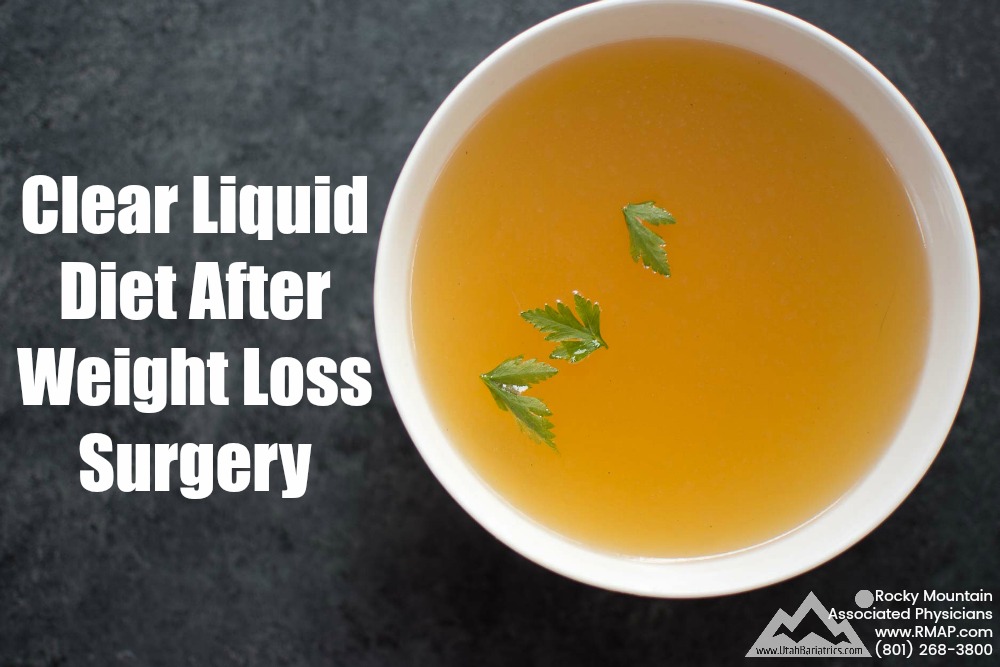
Learn more about weight loss surgery at Rocky Mountain Associated Physicians www.RMAP.com (801) 268-3800
It took much determination on your part to make and follow through with your decision to have weight loss surgery. Remember, weight loss surgery provides a powerful tool for weight loss and will help you implement a healthy lifestyle. Here you will find examples of what your diet will look like immediately after your weight loss surgery procedure. Prepare ahead of time! Meal planning and food tracking will be a helpful habit to aid in your goals.
For the first day after weight loss surgery you will receive fluids through an IV. During your hospital stay you will gradually advance to a clear liquid diet of water, broth, and Jell-O. After your stomach can tolerate these, you will begin full liquids followed by a soft food diet.
Here are some examples of foods you can consume postoperative on days 2-3:
Stay Hydrated
Water! You’ll begin sipping 1-2 ounces of water per hour beginning the night of your surgery. During your hospital stay you’ll be limited to no more than 2 ounces of water an hour as your surgeon wants you to get in the habit of sipping. As you return home, you can begin increasing your water intake to more than 2 ounces of water an hour, working towards 64 ounces of water a day. Remember to sip, sip, sip, and follow the 30-minute rule; nothing to drink 30 minutes prior to your meal and nothing to drink until 30 minutes after your meals.
*If you find it difficult to drink or have symptoms of nausea/vomiting, please call us at (801) 268-3800.
Zero or Low-Calorie Beverages
Zero or low-calorie beverages can be consumed or added to your water on occasion. Some examples include; sugar-free crystal light, Mio, and herbal teas. Remember, sugar-free and zero calorie additives are powerful appetite stimulants and will cause cravings for carbohydrates and sugary foods. Water is the beverage of choice; we encourage you to consume other beverages on a limited basis.
Jell-O
During the next few days sugar-free Jell-O will be a part of your diet. Make sure to measure your portions. Gastric Bypass, Sleeve Gastrectomy, and Gastric Banding patients should be consuming 2-ounce meals 3 times a day. Duodenal Switch (DS) patients should be consuming 4-ounce meals 3 times a day.
Broth
Your meals will also include broth. This can be vegetable, chicken or beef flavored broth. Use broth and sugar-free Jell-O as meals, rather than snacking throughout the day.
Even though your diet has changed and may seem minimal compared to your diet before surgery, it’s not uncommon for patients to have no appetite at all. You may even have to remind yourself to eat for several weeks; it’s important that you do not skip meals. Appetite usually returns around four to six months after surgery.
Once you are fully tolerating the Clear Liquid Diet, you can advance to the Full Liquid Diet. As your new stomach is healing it’s important to follow the dietary guidelines. Do not add new foods prematurely. Adding solid meat, vegetables, etc., prematurely may cause sensations of discomfort, vomiting, nausea, and can cause obstruction in the healing stomach.
Vitamins
Once you are home from the hospital you should start taking your multi-vitamin and sublingual B-12 (1,000 mcg). Duodenal Switch patients should also start taking an ADEK vitamin twice a day. Supplementation is an important part of your lifestyle now; during your weight loss phase and for the rest of your life. You can find suggestions of vitamins on the RMAP Pinterest page. Please note that RMAP does not endorse a specific brand of vitamin.
We welcome your calls to our office (801) 268-3800. Our staff is happy to assist you with any questions or concerns that you have. If you are calling after office hours with any emergent questions, the answering service will page the surgeon on call immediately.
Links to similar articles:
Full Liquid Diet
Eating Tips for Right After Weight Loss Surgery
www.RMAP.com
Rocky Mountain Associated Physicians
801-268-3800
1160 East 3900 South, Suite 4100
SLC, UT 84124







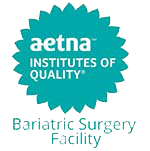
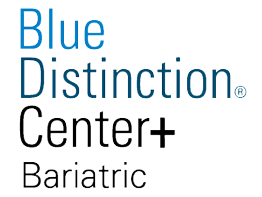


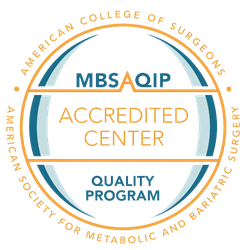
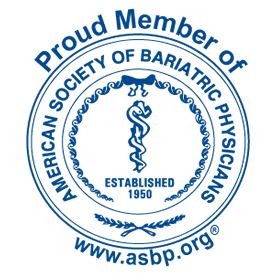
 Address: 1521 East 3900 South STE 100
Address: 1521 East 3900 South STE 100 Office: +
Office: +  Fax number (801) 268-3997
Fax number (801) 268-3997 Email: info@rmapinc.com
Email: info@rmapinc.com



